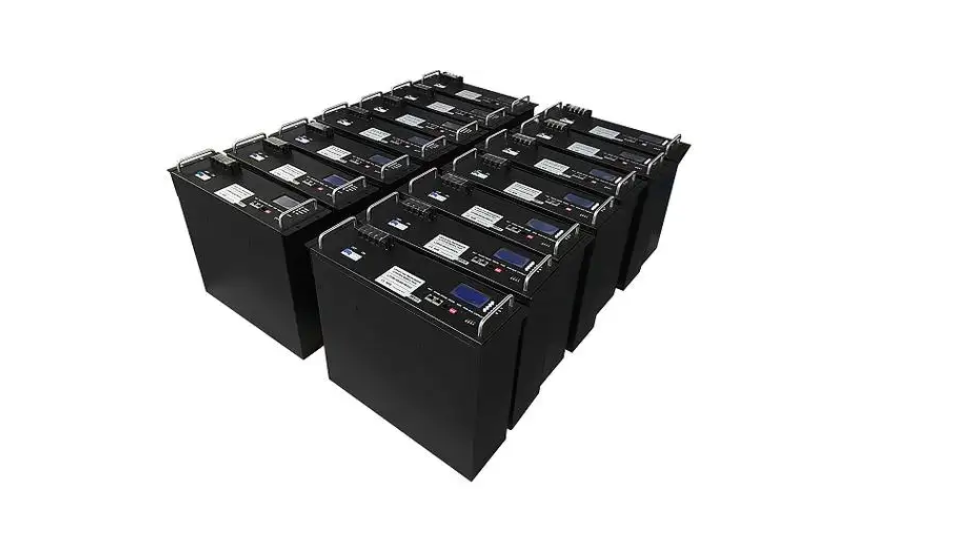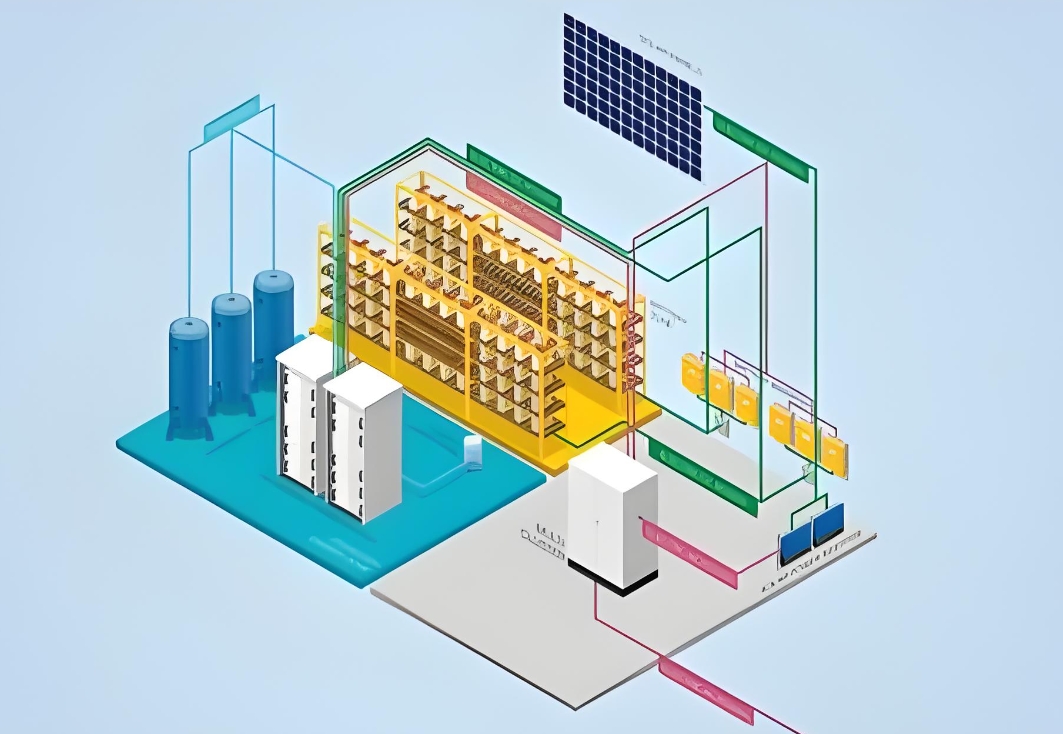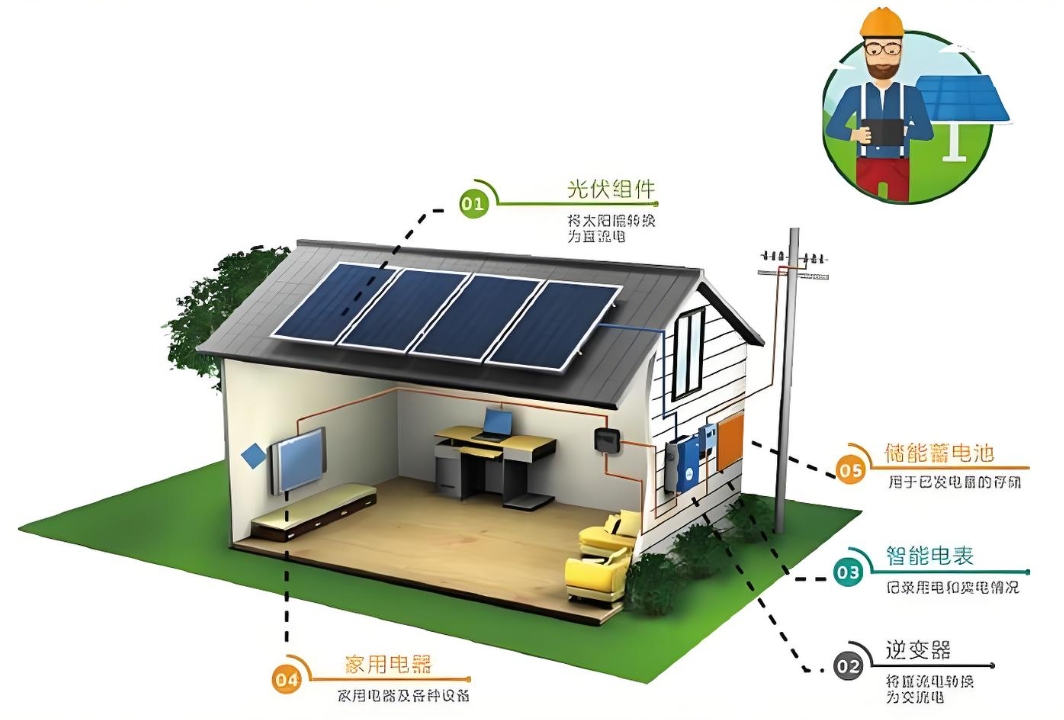20kWh Energy Storage System: 51.2V 200Ah LiFePO4 Battery Modules for Off-Grid and Backup Power Solutions
Introduction to the 20kWh LiFePO4 Battery System
In the era of renewable energy and sustainable power solutions, lithium iron phosphate (LiFePO4) batteries have emerged as a game-changer for residential, commercial, and industrial applications. A 20kWh energy storage system, composed of four 51.2V 200Ah LiFePO4 battery modules, offers a reliable, long-lasting, and eco-friendly solution for off-grid energy storage, solar integration, and emergency backup power.
This article dives deep into the technical specifications, design advantages, real-world applications, and maintenance tips for this advanced battery system, tailored to meet the needs of global users seeking efficient and scalable energy storage.
1. Technical Specifications of the 51.2V 200Ah LiFePO4 Battery Module
Key Features:
- Voltage & Capacity: 51.2V nominal voltage, 200Ah capacity per module.
- Energy per Module: 51.2V × 200Ah = 10.24kWh (Total system capacity: 4 × 10.24kWh = 40.96kWh).
(Note: If the system is designed for 20kWh total capacity, the modules may be configured in parallel with adjusted specifications.)
- Chemistry: Lithium Iron Phosphate (LiFePO4) – Renowned for thermal stability and safety.
- Cycle Life: 4,000–6,000 cycles at 80% depth of discharge (DoD).
- Operating Temperature: -20°C to 60°C (-4°F to 140°F) with integrated heating/cooling options.
- Weight: ~50–60kg per module (modular design for easy installation).

System Configuration:
- 4 Modules in Series/Parallel: Configured to achieve desired voltage (e.g., 48V or 51.2V) and capacity.
- Battery Management System (BMS): Ensures cell balancing, overcharge/over-discharge protection, and temperature monitoring.
- Scalability: Add modules to expand storage capacity incrementally.
2. Why Choose LiFePO4 Over Traditional Batteries?
Advantages of LiFePO4 Technology:
1. Safety:
- Non-combustible chemistry, resistant to thermal runaway (unlike NMC or lead-acid batteries).
- Stable performance under high temperatures or physical stress.
2. Longevity:
- 3–4x longer lifespan than lead-acid batteries (10+ years with proper maintenance).
- Minimal capacity degradation even at high DoD.
3. Efficiency:
- 95–98% round-trip efficiency (vs. 70–80% for lead-acid).
- Fast charging capability (0.5C–1C rate supported).
4. Eco-Friendly:
- Zero toxic heavy metals (e.g., lead, cadmium).
- Recyclable materials align with global sustainability goals.
3. Applications of the 20kWh LiFePO4 Battery System
Residential Use:
- Solar Energy Storage: Store excess solar power for nighttime or cloudy days.
- Backup Power: Ensure uninterrupted electricity during grid outages.
- Off-Grid Living: Power remote homes, cabins, or RVs independently.
Commercial & Industrial Use:
- Peak Shaving: Reduce energy costs by drawing stored power during high-tariff hours.
- Microgrids: Stabilize renewable energy systems in factories, farms, or telecom towers.
- EV Charging Stations: Support fast charging without grid overload.
Emergency & Disaster Relief:
- Provide reliable power for medical equipment, communication devices, and lighting.
4. Design and Installation Guidelines
Step 1: System Sizing
- Calculate daily energy consumption (e.g., 20kWh for a medium-sized home).
- Factor in inverter efficiency (e.g., 90%) and DoD limits (e.g., 80%).
Step 2: Electrical Configuration
- Parallel Connection: Combine four 51.2V modules for a 51.2V 800Ah system (40.96kWh).
- Series Connection: For higher voltage needs (e.g., 102.4V 400Ah).
Step 3: Safety Compliance
- Certifications: Ensure modules meet UL 1973, IEC 62619, or UN38.3 standards.
- Ventilation: Install in a dry, well-ventilated area away from flammable materials.
Step 4: Integration with Solar/Inverters
- Compatible inverters: Select hybrid inverters (e.g., Victron MultiPlus, Growatt SPF) supporting 48V/51.2V systems.
- Solar charge controllers: MPPT controllers for optimal PV energy harvesting.
5. Cost Analysis and ROI
Initial Investment:
- LiFePO4 Battery Modules: $8,000–$12,000 (4 × 51.2V 200Ah modules).
- Inverter & BMS: $2,000–$4,000.
- Installation: $1,000–$3,000 (varies by region).
Long-Term Savings:
- Reduced Grid Reliance: Slash electricity bills by 50–80% with solar pairing.
- Low Maintenance: No periodic watering or equalization required (vs. lead-acid).
- ROI Period: 4–7 years, depending on energy usage and local tariffs.
6. Maintenance and Troubleshooting
Best Practices:
- Regular Monitoring: Use BMS software to track state of charge (SoC) and cell health.
- Temperature Control: Avoid prolonged exposure to extreme heat or cold.
- Cleaning: Keep terminals corrosion-free with a dry cloth.
Common Issues & Solutions:
- Low Voltage Alarm: Recharge immediately to prevent deep discharge.
- BMS Fault: Reset the system or contact technical support.
- Reduced Capacity: Recalibrate the BMS or replace aged cells.
7. Conclusion
A 20kWh energy storage system built with four 51.2V 200Ah LiFePO4 battery modules delivers unmatched safety, longevity, and efficiency for residential, commercial, and industrial users. By leveraging modular design and advanced BMS technology, this system empowers global customers to transition to renewable energy seamlessly while achieving significant cost savings.
For businesses targeting international markets, emphasizing compliance with local certifications (e.g., EU CE) and providing multilingual support will further enhance competitiveness in the booming energy storage sector.



